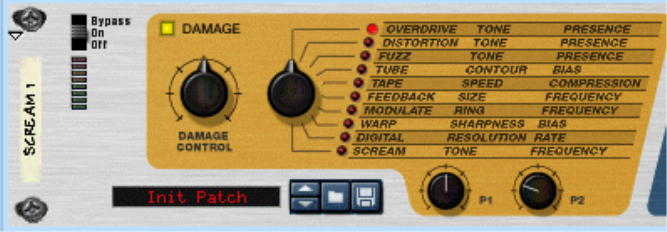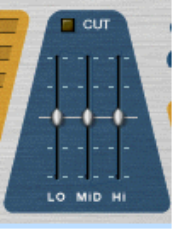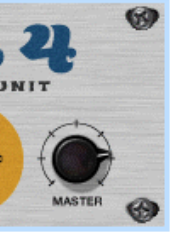While the specific parameters for the Scream 4 effect device are described below, some features and procedures are common to all effect devices. Please, refer to “Common effect device features” for information about the Input meter, the Bypass/On/Off switch and Signal Flow Graphs on the effect device.
|
| Type
|
|||
|
|||
|
•
|
Remember that you don’t have to route the whole drum kit through the Scream device - sometimes it may be better to route the individual outputs from the bass drum, snare and/or toms to a Spider Audio Merger (see “Spider Audio Merger & Splitter”), connect the merged output of the Spider to the Scream 4 and route this to a separate channel in the Mixer. That way, hi-hats, cymbals and similar are unprocessed.
|
|
The Spider CV Merger and Splitter (see “Spider CV Merger & Splitter”) can be used to invert and split the Auto CV output for even greater flexibility.
|





